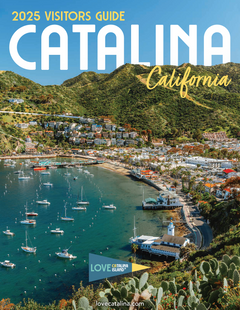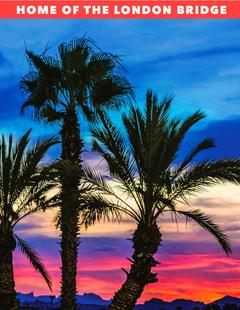The Cascade Range, which runs north-south from Northern California to Canada, is known for its massive, snow-capped mountains, the rich temperate rain forests which gird its western flanks and its comparatively arid eastern slopes. Mount Hood (11,239) is the highest peak in Oregon and the most frequently climbed major peak in the Cascades. It is also home to five developed ski areas (there are nine in all within the range) and Crater Lake National Park, Oregon's only national park.
Six national forests touch the Oregon Cascades; Mount Hood, an iconic state natural landmark, sits just below the Oregon-Washington border at the north end of the Oregon Cascades, part of Mt. Hood National Forest and a stone's throw from several wilderness areas. Farther south, Mount Hood National Forest segues into Willamette National Forest, which similarly contains a number of wilderness areas and is separated only by rocky mountain backbones from the Deschutes National Forest, home to Central Oregon's top ski peak, Mount Bachelor, as well as the lava-laced Newberry National Volcanic Monument. Umpqua National Forest sits due south of the Willamette National Forest and envelopes the eastern end of the Umpqua River, transitioning into the Rogue River-Siskiyou National Forest once it reaches the Rogue River. Crater Lake National Park is at the eastern edge of the former, at the northwest edge of Sun Pass State Forest and Remon-Winema National Forests. Oregon's stretch of Cascade Mountains finds an end at the Cascade-Siskiyou National Monument, essentially a land bridge between the Cascades and the Siskiyou range.
In this expansive stretch of forest dotted with scalable summits and wilderness areas, mountain lakes and frothing rivers, recreational opportunities abound year-round, from fishing, hunting, hiking, canoeing, cross-country skiing, downhill skiing, and camping to mountaineering, mountain biking and river rafting.
To learn more about the Oregon Cascades, please select a topic of interest from the navigation bar on the left. We also offer separate coverage of the Shasta Cascades in California.





















